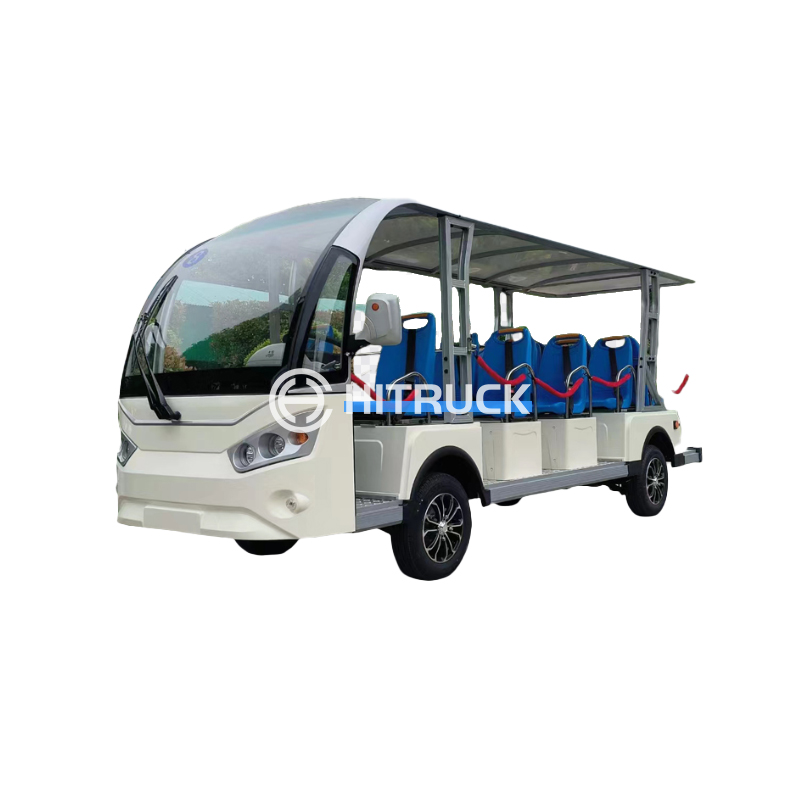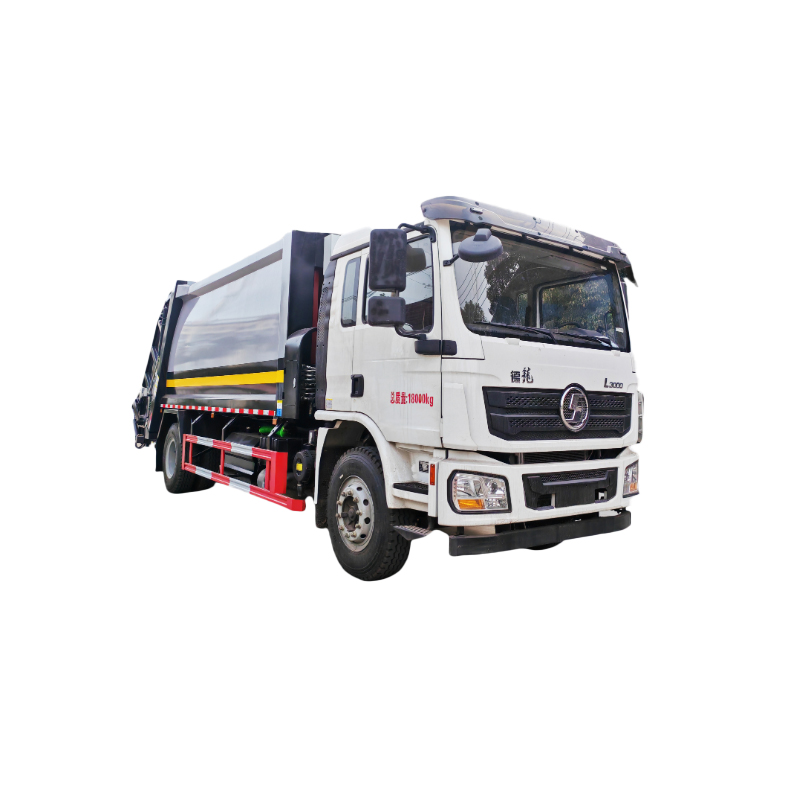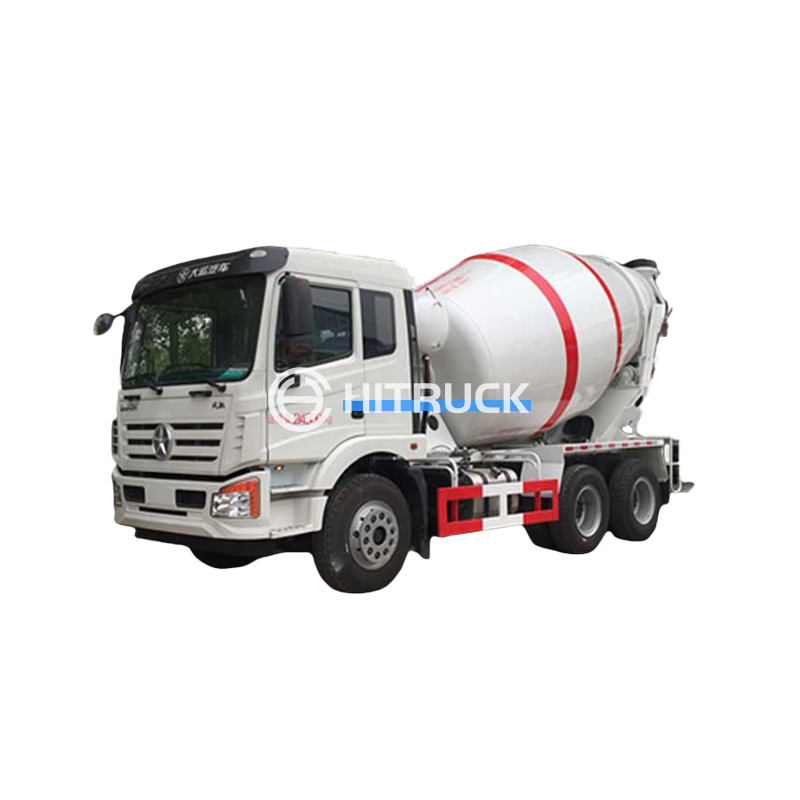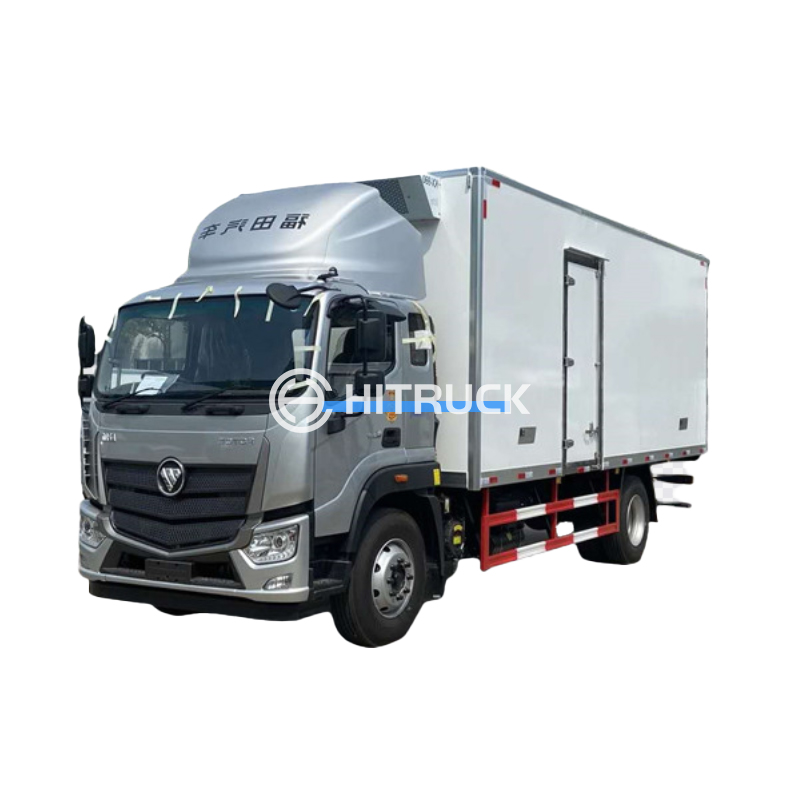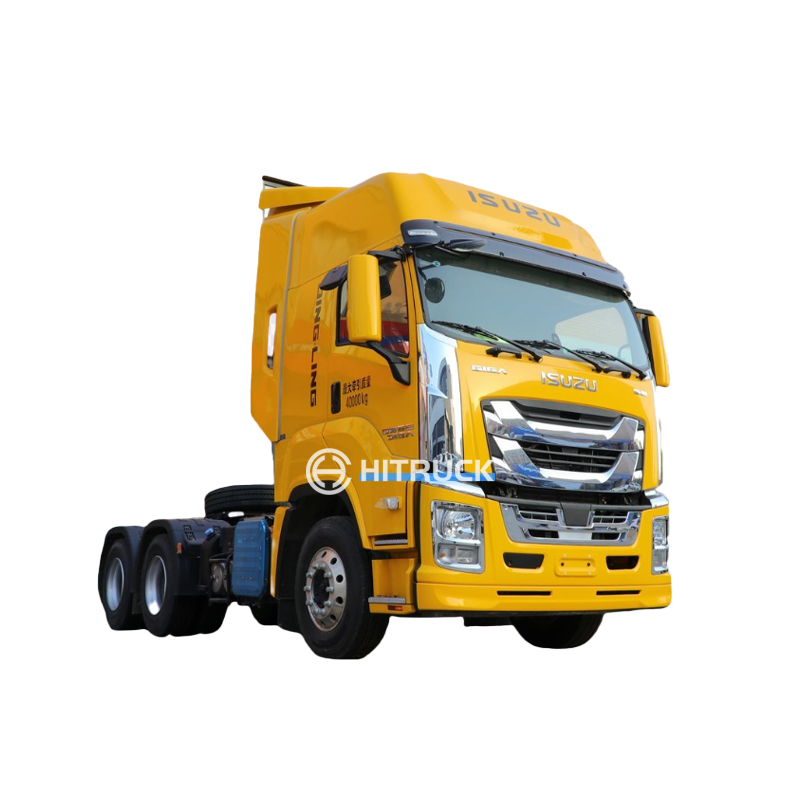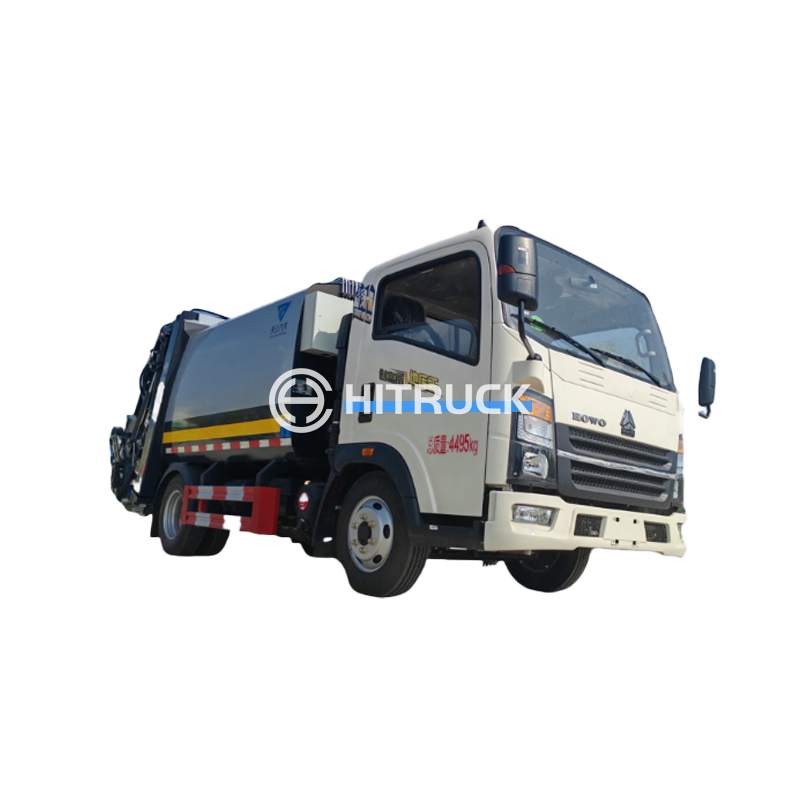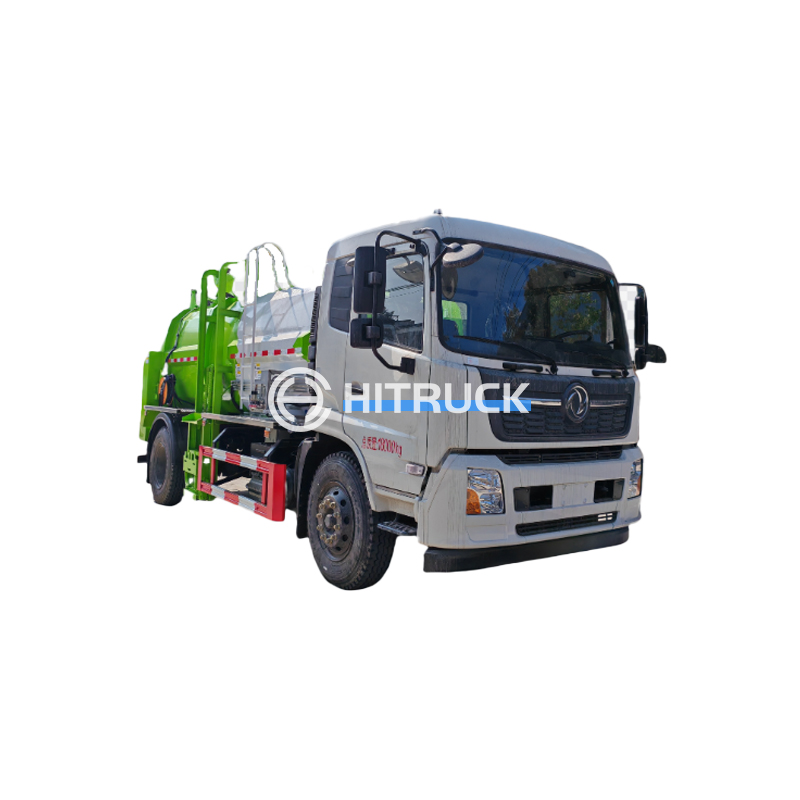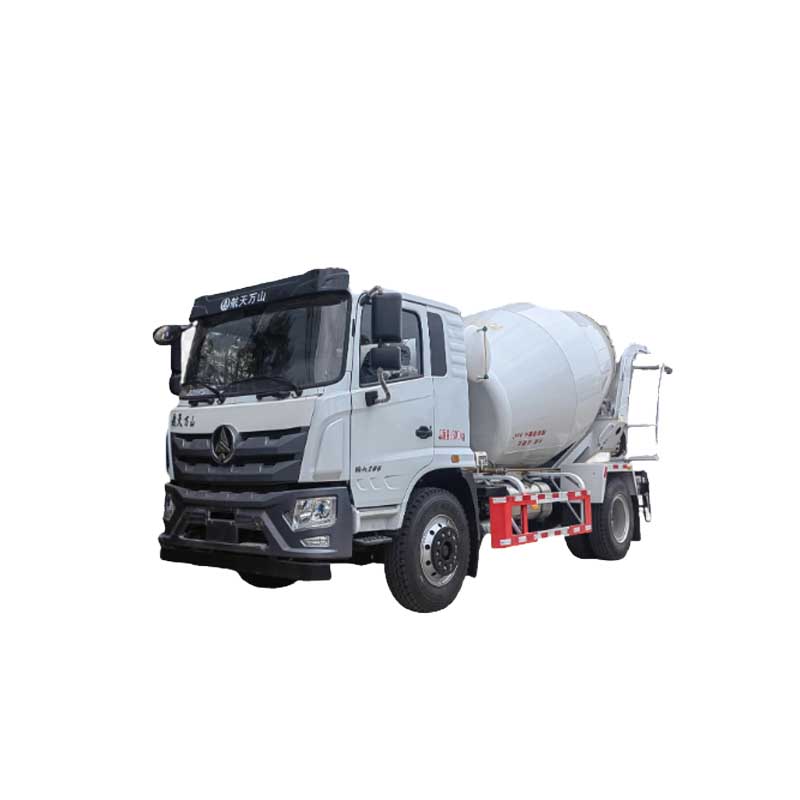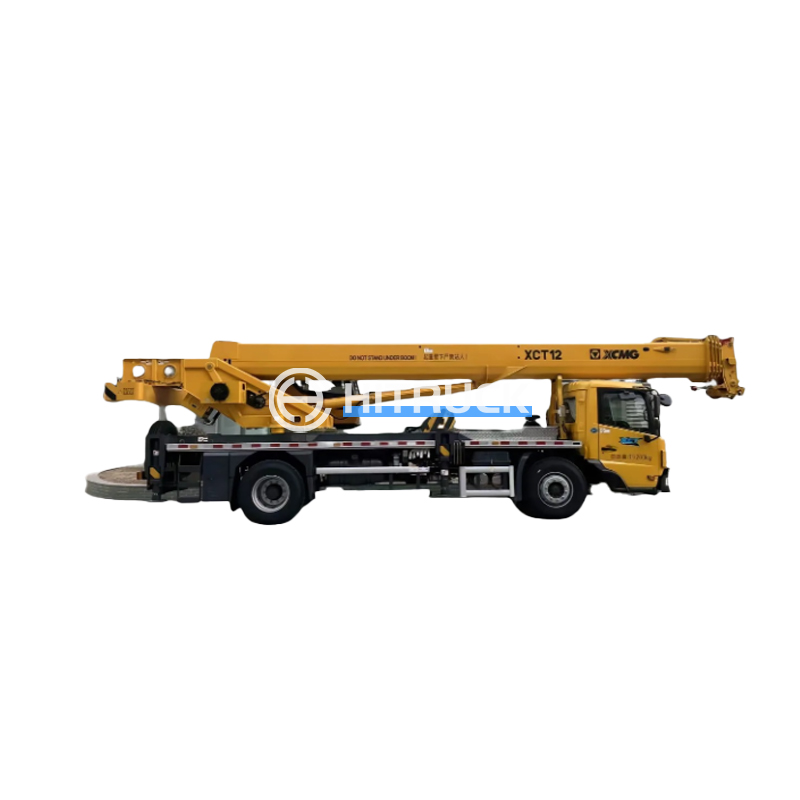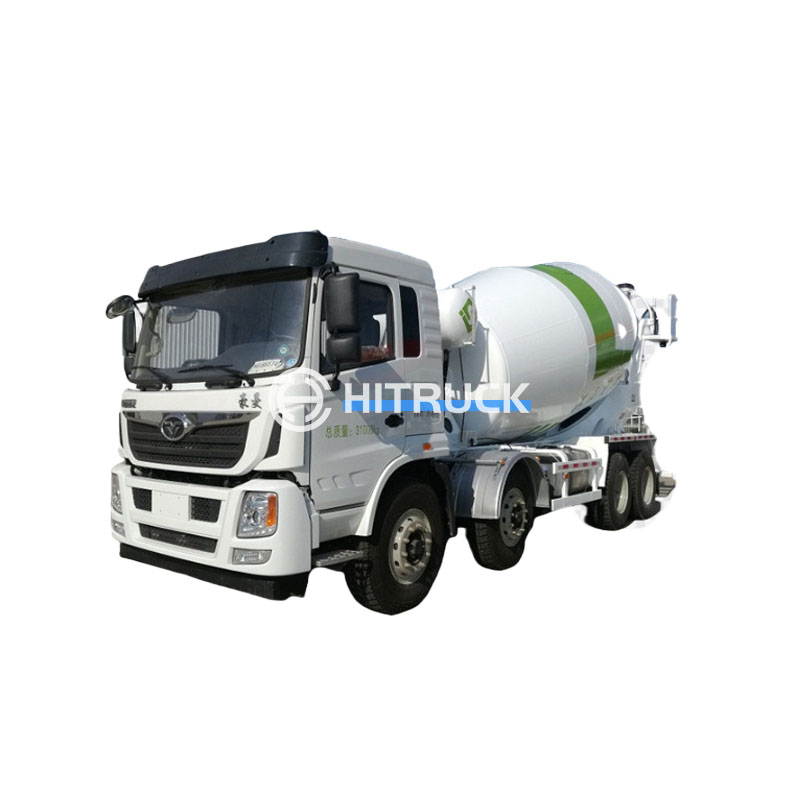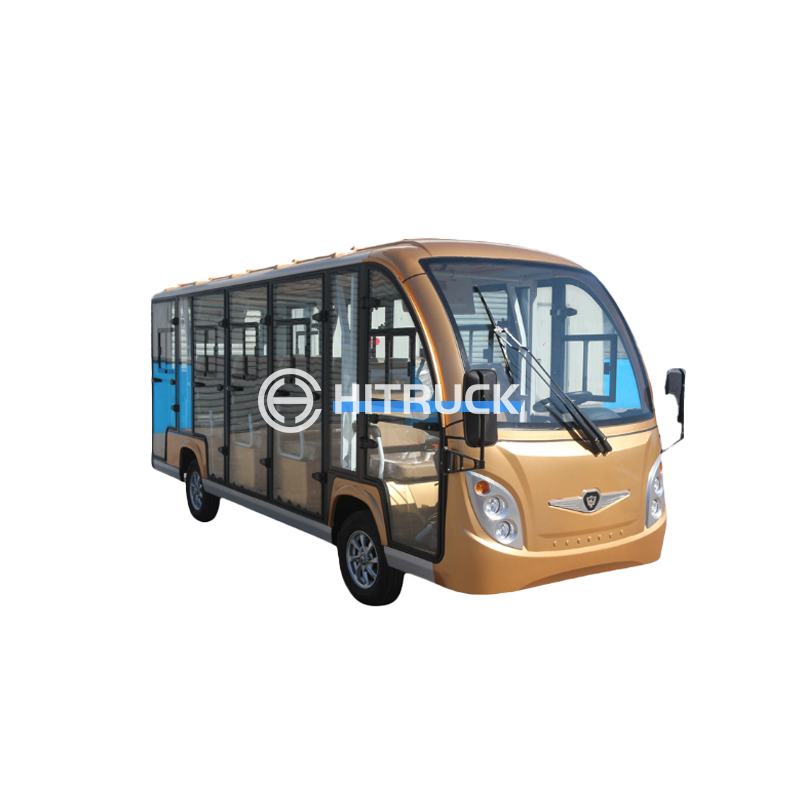Stacker Cranes: A Comprehensive GuideStacker cranes are essential material handling equipment for efficient warehouse operations. This guide provides a detailed overview of stacker cranes, covering their types, applications, advantages, disadvantages, and selection considerations. We'll explore various factors to help you determine the best stacker crane for your specific needs.
Types of Stacker Cranes
Automated Stacker Cranes
Automated
stacker cranes are highly efficient systems ideal for high-throughput warehouses. They operate autonomously, using advanced control systems to optimize storage and retrieval processes. These cranes are typically found in large distribution centers and automated storage and retrieval systems (AS/RS). Their speed and precision minimize human error and maximize storage density. Leading manufacturers offer various models with varying load capacities and reach capabilities. For instance, you can find options that easily handle pallets of various sizes and weights, improving overall warehouse productivity.
Manual Stacker Cranes
Manual
stacker cranes, also known as hand-operated
stacker cranes, are simpler and more cost-effective than their automated counterparts. These are well-suited for smaller warehouses or operations with lower throughput needs. While they require manual operation, they provide a good balance of functionality and affordability. The ease of use makes them an excellent option for businesses with less-specialized warehouse staff.
Semi-Automated Stacker Cranes
Semi-automated
stacker cranes combine the efficiency of automated systems with the flexibility of manual operation. They may automate certain tasks, such as horizontal movement, while retaining manual control for other operations. This hybrid approach offers a good compromise between cost and efficiency, making it suitable for a variety of applications.
Applications of Stacker Cranes
Stacker cranes find widespread applications across various industries, including: Warehousing and Distribution: Efficiently storing and retrieving palletized goods in high-bay warehouses. The ability to stack pallets vertically significantly maximizes space utilization. Manufacturing: Moving raw materials, work-in-progress, and finished goods within a manufacturing facility. The precision of movement prevents damage to goods. Cold Storage: Handling frozen or refrigerated goods in cold storage facilities, requiring specialized designs to withstand harsh environments. Archives and Libraries: Storing and retrieving documents or other archival materials.
Advantages of Using Stacker Cranes
Increased Storage Capacity: Vertical storage capabilities maximize space utilization. Improved Efficiency: Automated systems significantly speed up material handling processes. Reduced Labor Costs: Automation reduces the need for manual labor. Enhanced Safety: Automated systems minimize the risk of human error and accidents. Better Inventory Management: Precise tracking of goods improves inventory control.
Disadvantages of Using Stacker Cranes
High Initial Investment: Automated systems require significant upfront investment. Maintenance Costs: Regular maintenance is essential to ensure optimal performance. Space Requirements: Requires sufficient space for installation and operation. Complexity: Automated systems require specialized knowledge for operation and maintenance.
Choosing the Right Stacker Crane
Selecting the appropriate
stacker crane depends on several factors:| Factor | Consideration ||----------------------|--------------------------------------------------------------------------|| Warehouse Layout | Space constraints, ceiling height, aisle width || Throughput | Expected volume of goods handled || Load Capacity | Weight and dimensions of the goods to be handled || Budget | Initial investment, maintenance costs, and operating expenses || Automation Level | Manual, semi-automated, or fully automated || Environmental Factors| Temperature, humidity, and other environmental conditions (e.g., cold storage) |Consider your specific needs and consult with experts to determine the most suitable solution. Companies specializing in material handling solutions can help you assess your requirements and recommend appropriate
stacker crane models. For comprehensive solutions and a vast selection of material handling equipment, explore the options available at
Suizhou Haicang Automobile sales Co., LTD. They offer a diverse range of equipment to meet varying needs and budgets.
Conclusion
Stacker cranes are indispensable for efficient warehouse and material handling operations. By carefully considering the various types, applications, and factors discussed in this guide, you can select the optimal
stacker crane to enhance your operations, improve efficiency, and maximize your return on investment. Remember to consider the long-term implications of your choice, including maintenance and potential upgrades.

